High Quality Calendula Dried Flowers and Petals for Sale
ACPFOOD is where you can buy Garden Marigold. Since we purchase high quality products directly from farmers, we provide and sell bulk Pot Marigold with the best quality to wholesalers, manufacturers and retailers and you can buy it from us with the best price.
Pot Marigold wholesaler, supplier and exporter
To order Garden Marigold, please contact us.
About Calendula Officinalis
Pot Marigold is a one-year or perennial plant that reaches fifty centimeters in height. The stems of this plant are relatively thick and hairy and their cross section is circular. On the stems, there is a sticky moisture. This plant has abundant, elongated, relatively large, hairy, sometimes pointed and drop-shaped leaves that grow without petioles. The upper leaves of this plant are much smaller than the lower leaves.
The flowers are relatively large, orange, sometimes yellowish, which grow singly at the end of the flowering stems. Each flower consists of a large number of elongated, narrow, almost almond-shaped petals, completely separated from each other, with three very small teeth at the top of each petal. At the bottom of each flower, there is a small tank, in which there are a number of small, curved, relatively narrow, crescent-shaped, sometimes sickle-shaped, deep brown, and sometimes light brown seeds, which grow in a circle, next to each other. Behind each seed, there are many tiny bumps.
Calendula Officinalis Chemical Constituents
Several types of Saponin, a tasteless substance similar to bassorin, a resinous substance, a bitter substance called Calendulin, Sterol, Faradiol, Arnidiol, Carotin, Cholesterol, Essence, Lauric acid, Palmitic acid, Stearic acid, Salicylic acid, Oleanolic acid, Pentadecylic acid, Myristic acid.
Pot Marigold Temperament
Some consider it mild and some cold and dry.
Pot Marigold Health Benefits
- Brew 10 to 20 grams of fresh flowers or 15 to 30 grams of dried flowers in a liter of boiling water for 15 minutes, then strain the water and sweeten it with honey and drink a cup of it every morning, noon and night. Sudorific, antiseptic, clears the blood, cure Splenitis, relieves indigestion, treats constipation, is effective for all kinds of headaches and eye pain, for relieving hot coughs and chest pain is useful, it is useful for relieving neurasthenia and anemia, it eliminates jaundice, it is effective for relieving pain and other discomforts in menstruation, it treats cancerous organs over time, it eliminates pimples and acne, eczema.
- Boil 30 grams of it with its leaves in a liter of water, then brew it, strain and drink 3 cups of this tea a day. Prevents indigestion, relieves stomach pain, and regulates menstruation if you start eating it 8 days before the first day of menstruation every month, by drinking a cup after each meal.
- Smash and poultice it, it cures Urticaria.
- Soak fresh flowers in vinegar for 24 hours and then poultice, it cures corns.
- Knead it with milk and barley flour and poultice it around the eyes and drop its extract into the eyes, it will remove eyelid swelling.
- Rubbing its tincture is useful for wound healing and prevents inflammation and wound infection.

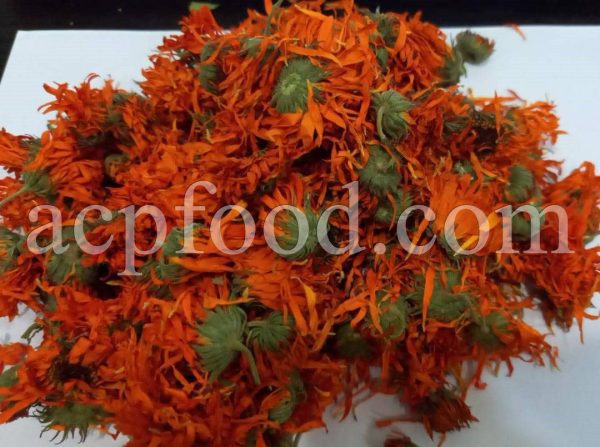
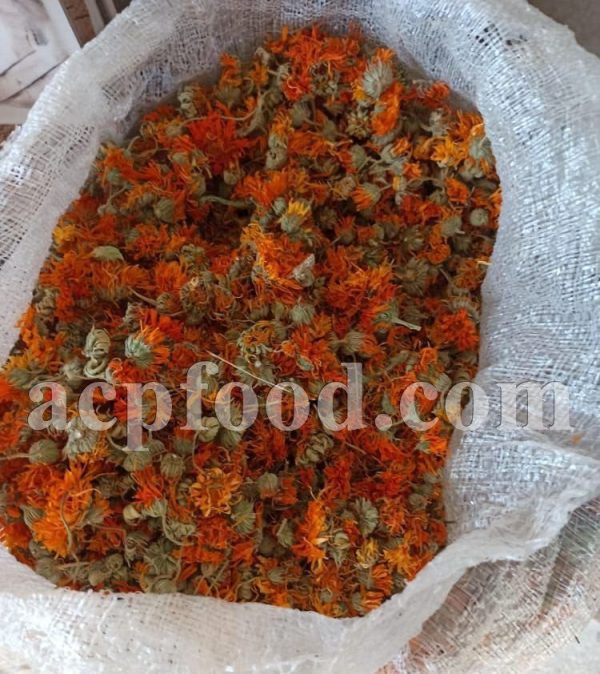
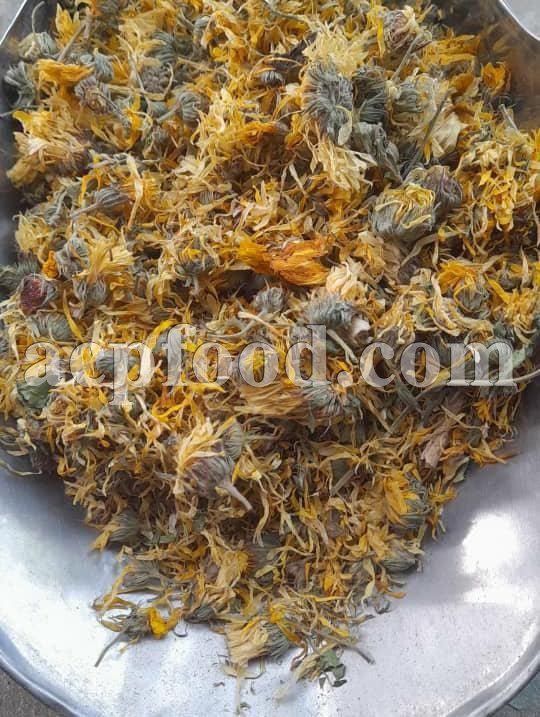
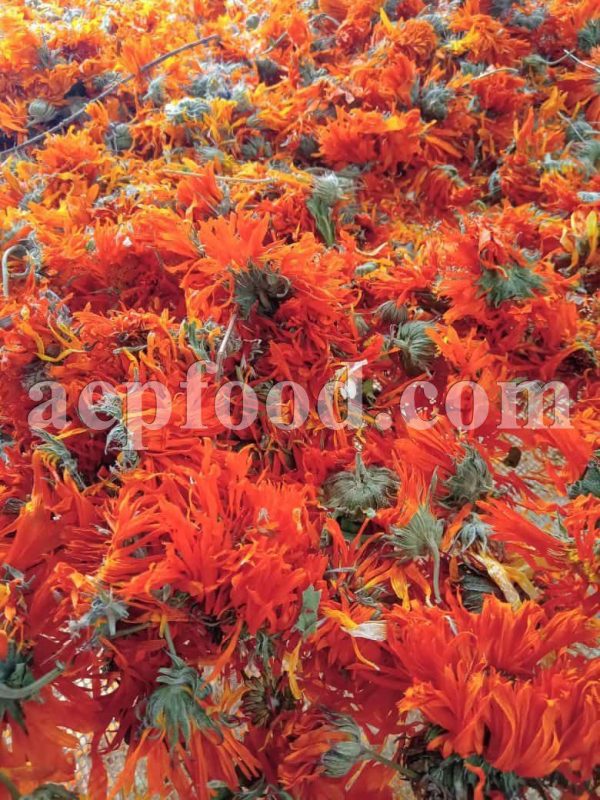
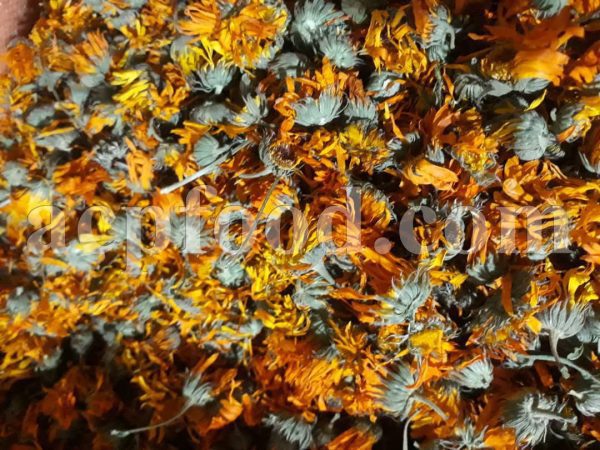

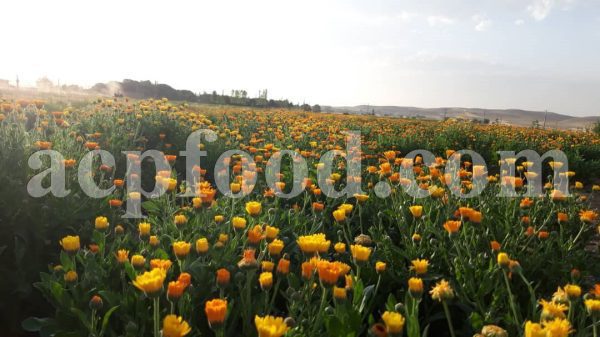
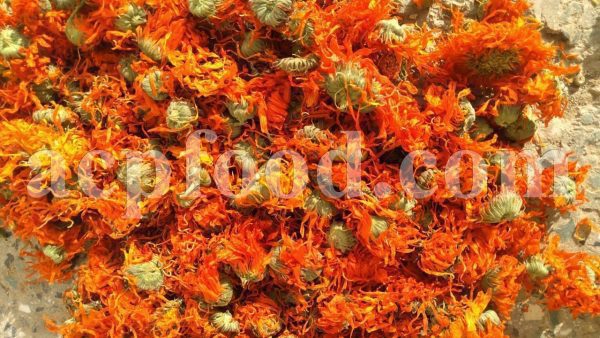

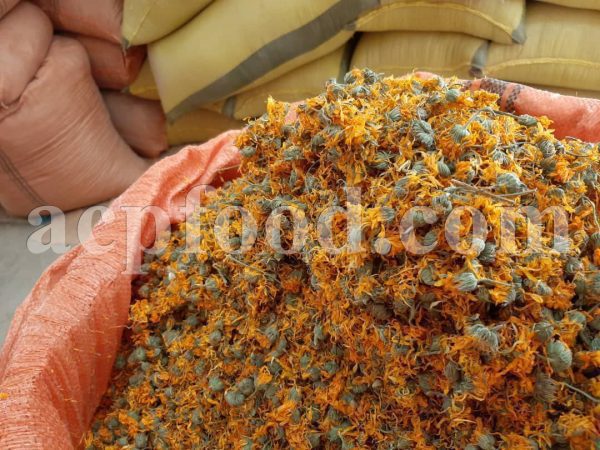
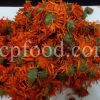

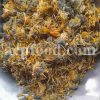






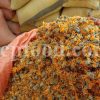
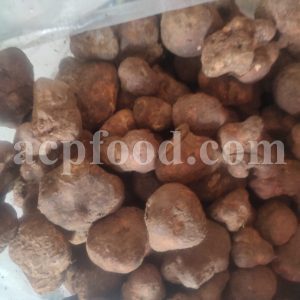
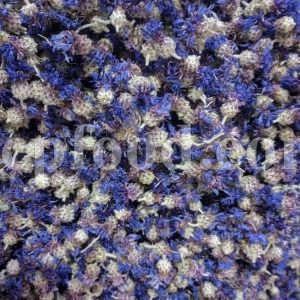
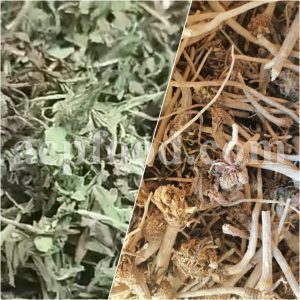
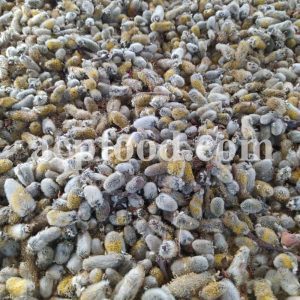
Reviews
There are no reviews yet.